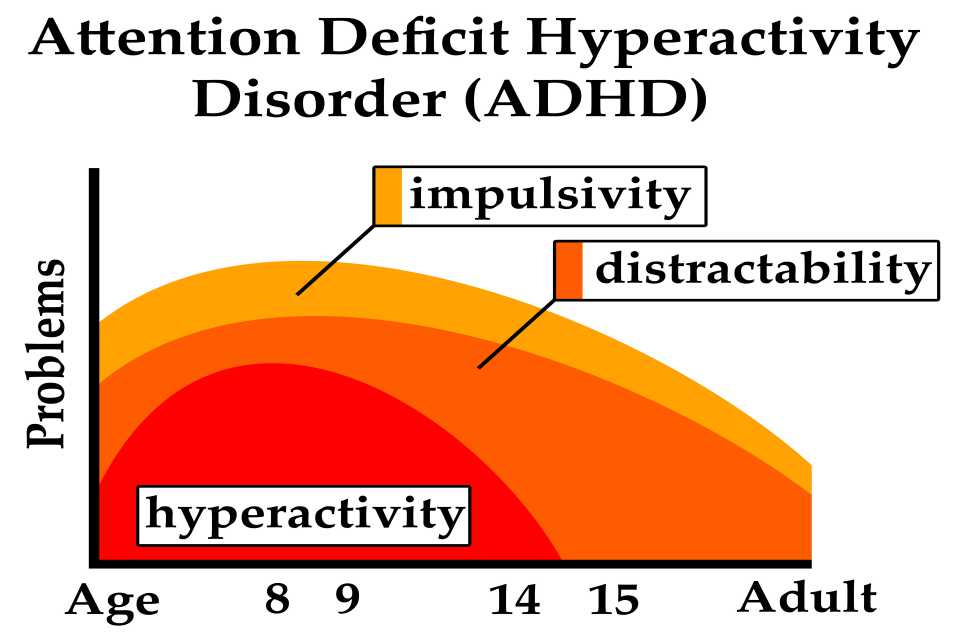Unlocking the secrets of the human mind has always been an interesting trip; one area that still puzzles experts and doctors is Attention-Deficit/Hyperactivity Disorder (ADHD). Though usually connected with young people, ADHD is not confined to this group. It affects adults, but differently.
This detailed guide will explore adult ADHD and its seven kinds. From the classic symptoms of inattentiveness and hyperactivity to the lesser-known executive functioning deficits, we will explore how ADHD manifests itself in the adult population.
By understanding the intricacies of each type, we can shed light on the unique challenges faced by adults with ADHD and offer strategies for managing this complex condition. So, fasten your seatbelts as we explore the interesting world of adult ADHD.
The 7 Types of ADHD in Adults
ADHD is a complex disorder that presents differently in each individual. There are seven main varieties of attention deficit hyperactivity disorder (ADHD) that can affect adults, and each has its own unique set of symptoms and issues. Understanding these types is crucial for proper diagnosis and treatment. Let’s take a closer look at each type:
1. Inattentive type ADHD
Individuals with inattentive type ADHD struggle to focus and pay attention to details. They often need help to stay organized, follow through with tasks, and listen attentively. Unlike hyperactive/impulsive types, those with inattentive ADHD may not exhibit obvious signs of restlessness or impulsivity.
However, their struggles with concentration can significantly impact their daily lives, affecting work, relationships, and overall productivity.
2. Hyperactive/Impulsive type ADHD
Hyperactive/Impulsive type ADHD is what most people typically associate with ADHD. Individuals with this type have difficulty sitting still, often fidgeting or squirming in their seats. They may also need help with waiting their turn, interrupting others, or blurting out answers without thinking. These impulsive behaviors can be socially disruptive and may lead to difficulties in forming and maintaining relationships.

3. Combined type ADHD
As the name suggests, combined-type ADHD combines inattentive and hyperactive/impulsive symptoms. Individuals with combined type ADHD experience a range of challenges, including difficulty paying attention, restlessness, impulsivity, and poor impulse control. This type is the most common form of ADHD in adults and can significantly impact various aspects of their lives.
4. Overfocused type ADHD
Unlike the classic ADHD symptoms of inattentiveness and hyperactivity, individuals with overfocused type ADHD struggle with excessive focus and an inability to shift attention. They may become fixated on certain thoughts or tasks to the point of obsession, making it difficult for them to move on or shift their attention to other important matters.
This type is often misdiagnosed as anxiety or obsessive-compulsive disorder (OCD), highlighting the importance of a thorough evaluation by a qualified professional.
Related Article: Treatment for OCD
5. Temporal Lobe ADHD
Temporal Lobe ADHD is characterized by emotional dysregulation, mood swings, and a tendency to become easily overwhelmed. Individuals with this type may experience intense emotions, have difficulty managing anger or frustration, and may be prone to outbursts or meltdowns.
They may also struggle with memory and have difficulty retaining information. Recognizing and addressing the emotional aspects of ADHD is crucial for effective management and treatment.
6. Limbic ADHD
Limbic ADHD is often associated with chronic feelings of sadness, low motivation, and a general sense of underachievement. Individuals with this type may have difficulty experiencing pleasure and may lack the drive to pursue goals or engage in activities. They may also experience increased sensitivity to rejection or criticism, leading to social withdrawal.
Treating limbic ADHD requires a comprehensive approach that addresses the disorder’s emotional and cognitive aspects.
Related Article: Cognitive Behavioral Therapy NYC
7. Ring of Fire ADHD
Extreme emotional sensitivity, mood swings, and sensory sensitivity characterize Ring of Fire ADHD. Individuals with this type may experience heightened emotional reactivity and irritability and be easily overwhelmed by sensory stimuli such as noise, light, or touch.
They may also exhibit symptoms of irritability, aggression, and oppositional behavior. Recognizing and managing sensory sensitivities is crucial for individuals with Ring of Fire ADHD to improve their quality of life.
Related Article: ADHD and Perfectionism
ADHD Spectrum
Each individual may experience unique symptoms and challenges, making their ADHD journey highly individualized. It is also worth noting that some individuals may exhibit traits from multiple types, further highlighting the complexity of the disorder.
While ADHD poses challenges, it also comes with its strengths. Many individuals with ADHD possess exceptional creativity, problem-solving skills, and a unique perspective on the world. By understanding the intricacies of the ADHD spectrum, we can foster a more inclusive and supportive environment for individuals with ADHD, allowing them to thrive and reach their full potential.
Diagnosis, treatment, and support are crucial for individuals with ADHD to thrive and reach their full potential. With a comprehensive evaluation, appropriate treatment options, and access to support resources, adults with ADHD can navigate their journey with greater understanding, resilience, and success.
Related Article: Object Permanence and ADHD
